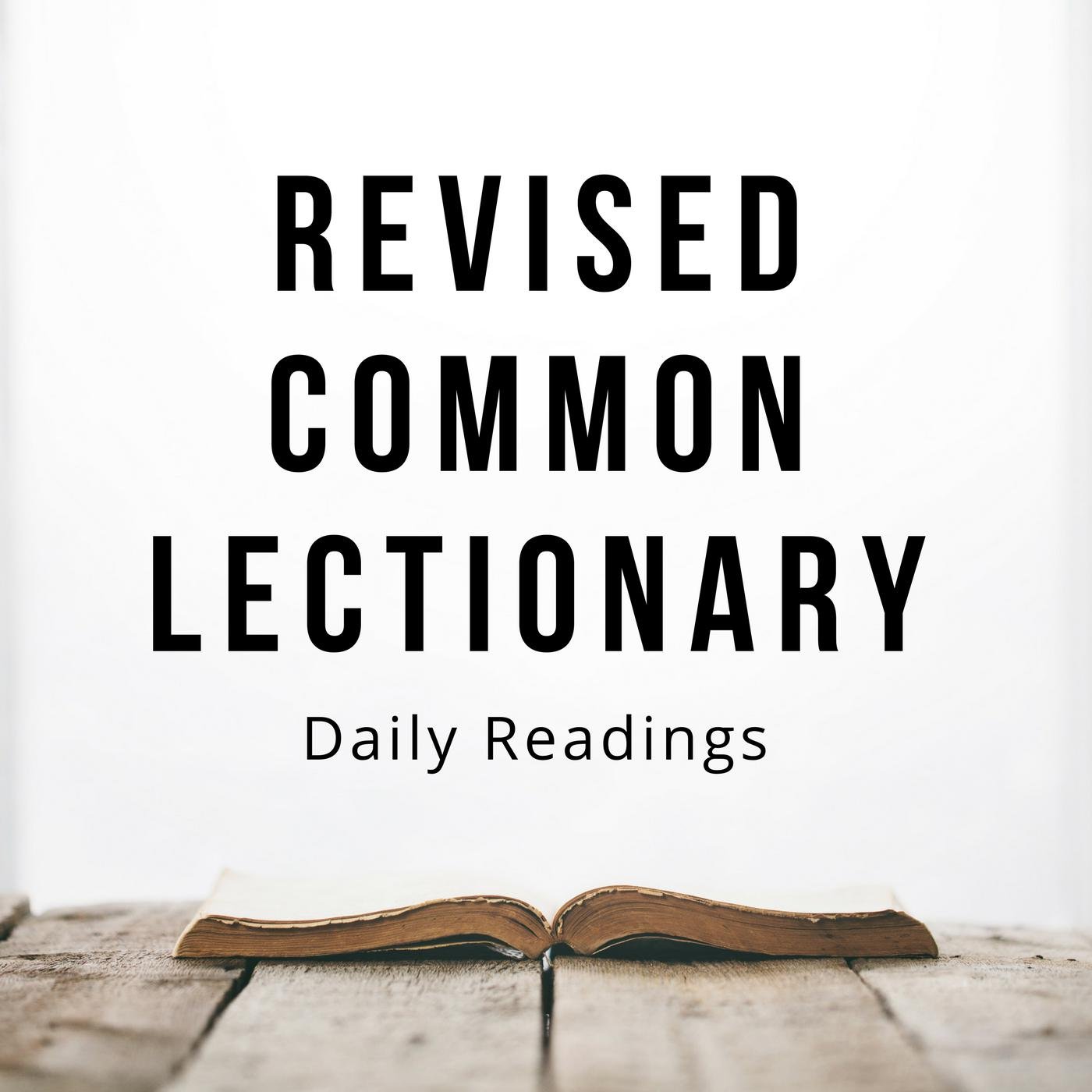A Lectionary is a table of readings from Scripture, appointed to be read at public worship. The association of particular texts with specific days began in the 4th century. The Lectionary [1969, revised 1981] was developed by the Roman Catholic Church after Vatican II provided for a three-year cycle of Sunday readings. This Roman lectionary provided the basis for lectionary in The Book of Common Prayer 1979 as well as those developed by many other denominations.
The Common Lectionary, published in 1983, was an ecumenical project of several American and Canadian denominations, developed out of a concern for the unity of the Church and a desire for a common experience of Scripture. It was intended as a harmonization of the many different denominational approaches to the three- year lectionary. It has been in trial use in the Episcopal Church and among the member denominations since 1983.
The Revised Common Lectionary, published in 1992, takes into account constructive criticism of the Common Lectionary based on the evaluation of its trial use and like the current prayer book lectionary is a three-year cycle of Sunday Eucharistic readings.
Year A: Matthew
Year B: Mark
Year C: Luke.
John is read during the Easter Season.
The Revised Common Lectionary preserves about 90% of the Gospel readings in the Lectionary of The Book of Common Prayer but also provides these new features:
1. The option of semi-continuous reading of the great Old Testament narratives on the Sundays after Pentecost, to provide exciting new preaching opportunities, vacation Bible School ideas or informal summer story-telling for adults as well as children.
Year A: Genesis through Judges.
Year B: The Davidic Covenant and Wisdom literature.
Year C: The prophets – Elijah, Elisha, Amos, Hosea, Isaiah, Jeremiah, Joel and Habbakuk.
2. The option of lections in thematic harmony with the Gospel of the day for the Sundays after Pentecost. This follows the pattern of the present lectionary in which the readings from the Old Testament and the New Testament are chosen in relation to the Gospel.
3. The inclusion of women and their role in salvation history, offering texts about women never heard on Sunday before. The most notable example is the account of the woman anointing Jesus at Bethany [Mark 14:3-9]. Jesus responded by saying “wherever the good news is proclaimed in the whole world, what she has done will be told in remembrance of her.” This text, omitted in the present lectionary, is included in the Revised Common Lectionary as part of the Passion narrative read on Palm Sunday in Year B.
Why is the Revised Common Lectionary of value?
It is a truly ecumenical lectionary shared by most Protestant denominations and widely used throughout the Anglican Communion.
It provides new opportunities for ecumenical Bible study and shared resources for teaching and preaching.
It has improved the choice of appropriate texts for Sundays and Festivals.
It incorporates most of the readings with which the church is familiar.
Most new resources for preaching, teaching and the planning of worship are
already being developed to support the Revised Common Lectionary.
Why do we read Scripture in Worship?
The Scriptures taken as a whole are foundational in God's revelation. Each part is to be heard in relation to every other part. Christianity is a religion of a person, Jesus Christ, and not a book. Because this is so, special authority is given to the Gospels, which contain the narrative of Jesus’ life, death, resurrection and of his teachings. While Christ is the head (mind and heart) of the “Church, which is his body” (Ephesians 1:23), even he did not claim to know the mind of God fully (Mk. 13:32). He did promise, however, that “the Holy Spirit whom the Father will send in my name, will teach you everything and remind you of all that I have said to you” (John 14:25-26).
The Scriptures emerged from the experience of a community who believed that God had been and was mysteriously, but clearly, present and active in their midst. Beginning as an oral tradition, the Hebrew people and the Church gradually gathered and developed its sacred texts and established a final, unchanging canon to be a measuring rod or standard for the Christian life of faith. These Scriptures, however, were intended to be interpreted and reinterpreted over and over again in the light of contemporary knowledge and experience within a believing and worshiping community open to the leading of God's Spirit into new truth. (From “In Dialogue with Scripture”)
Why more than one reading each Sunday?
A technical term for the part of the Eucharist that precedes the Offertory is synaxis. This comes from the same Greek word as ‘synagogue,” reminding us of the source of the ministry of the Word. Each Sunday is provided with three lessons, or readings. One is from the Old Testament or Apocrypha. One is from the Epistles (letters), Acts of the Apostles, or The Revelation to John. One is from the Gospels. A Psalm or Canticle usually follows the Old Testament reading. The sequence hymn follows the 2nd reading, or Epistle.

